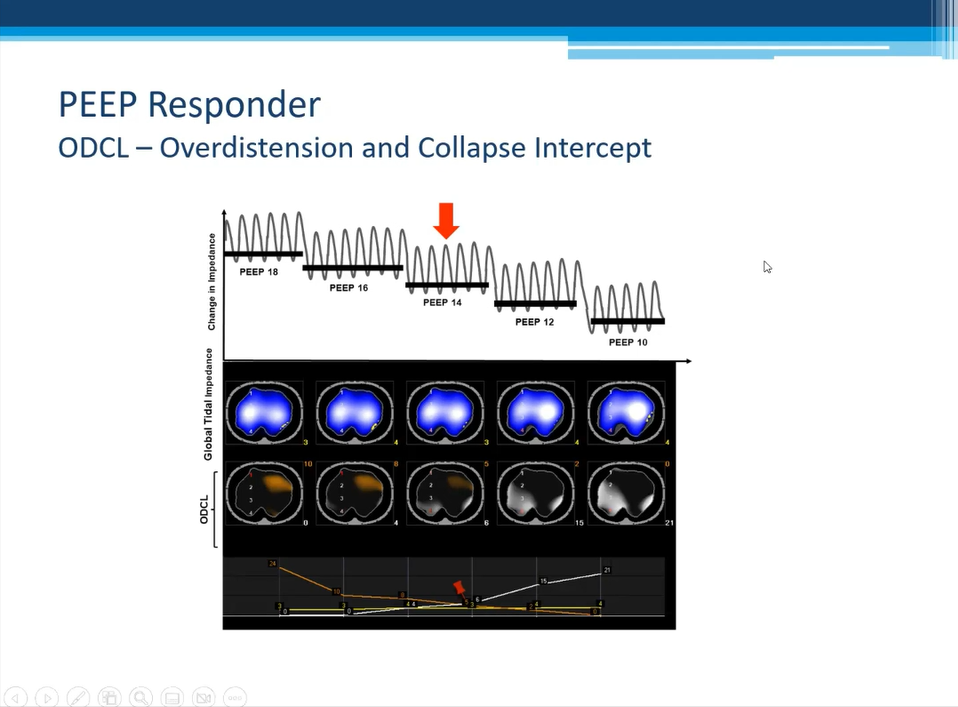Today we are extremely fortunate to welcome back Alfred Papali, MD. Dr. Papali is an Assistant Professor in the Division of Pulmonary and Critical Care Medicine here at the University of Maryland. Before his illustrious critical care career he completed a year long fellowship in Global Health and Human Rights in Juba, South Sudan, through Massachusetts General Hospital. You might also recognize Dr. Papali from his many posts on how he used what he learned in Sudan to treat the sickest of the sick in the extremely resource limited environment of Port-au-Prince, Haiti. Today he has compiled all his wisdom and experience from years of overseas work to a single hour of focused knowledge. If you want to know whats it like to really work with your hands tied behind your back, you CANNOT miss this talk!
Clinical Pearls (Assisted by Dr. Deepak Kadiyala)
Abbreviations: RCSs – Resource-Constrained Settings, LICs – Low-Income Countries, LMIC – Low- to Middle-Income Countries, HICs – High-Income Countries
Sepsis Data
- 2.5 million people die from sepsis in HICs.
- No such data is available from LICs, as large studies did not include sepsis as a diagnosis in in itself and it is likely to be much larger.
- Unlike ICU patients in HICs with refractory chronic illnesses, critically ill patients in RCSs are much younger and more likely to have one acute problem, from which they can recover.
- Surviving sepsis campaign and new sepsis 3 definitions are mostly written from HICs. 5.8 billion of 7.3 billion people from RCSs, are not represented in these guidelines.
- Guidelines can’t be extrapolated from HICs due to resource limitations and different pathologies.
Sepsis avoidance
- Alleviating poverty, providing clean reliable water supply and hygiene are extremely important at a macroscopic level, to improve health in LICs.
- But as critical care trained physicians – we have much to offer to a critically ill person in RCSs. Supportive care alone can reduce mortality even in diseases like Ebola.
Human economics of illness
- Core elements of critical care are recognizing severity of illness and intervening in a time-sensitive manner.
- Critical care in a LIC is more human intensive and less resource intensive, as bells and whistles that are used in HICs can be scaled down/replaced with simpler equipment/physical exam.
- Cost effectiveness by WHO – intervention cost < value of GDP per capita per DALY (Childhood immunization 4 10 per DALY, Emergency surgery $10.93 – $223 per DALY, ART for AIDS $620 -$1200 per year of life).
- No such data is available for sepsis. IV fluids/taking vital signs and early sepsis treatment should be very cost effective
Limitations in recognition/triage
- Nursing and physicians are in short supply in RCSs
- Equipment in short supply
- Diagnostic – Xray/Sonography/Lactate/Blood count
- Monitoring equipment – Blood pressure cuffs, Spo2 monitors
- IV fluid /Drug infusing equipment
- Equipment to assist with organ failure (ventilator/dialysis)
- Most of the equipment in LICs have are donated/basic. Even if the equipment is present, electricity/oxygen are in short supply
Resuscitation
- Fluid administration in setting of sepsis is vastly different in LMICS.
- On an average, 1 liter versus 2.5-3 liters from various studies.
- They may not even have the IV fluids and even if available, may not be warranted in similar quantities as HICs as evident in FEAST/SSSP trials.
- Different nutritionals status, genetics, microbiomes, environment and different infectious agents (Malaria, dengue, AIDS, TB) have a separate pathophysiology, limiting the extrapolation of HICs guidelines.
Monitoring and reassessment
- In the end it all boils down to training, staffing and equipment
- Frequent vital sign monitoring as suggested in HICs cannot be extrapolated to LICs
- For the future we need high quality studies in RCSs with geographic diversity, consideration for resource availability and involve practicing physicians for guideline development.
- An overseas experience for medical students/residents/fellows can make us better physicians and humanitarians.
- With increasing penetration of internet even in LICs, telemedicine can be implemented with a low cost, using donated equipment like iPads.
Suggested Reading
- Papali A, McCurdy MT, Calvello EJ. A “three delays” model for severe sepsis in resource-limited countries. J Crit Care. 2015 Aug;30(4):861.e9-14.[PubMed Link]
- Andrews B, Muchemwa L, Kelly P, Lakhi S, Heimburger DC, Bernard GR. Simplified severe sepsis protocol: a randomized controlled trial of modified early goal-directed therapy in Zambia. Crit Care Med. 2014 Nov;42(11):2315-24.[PubMed Link]
- Jacob ST, Banura P, Baeten JM, Moore CC, Meya D, Nakiyingi L, Burke R, Horton CL, Iga B, Wald A, Reynolds SJ, Mayanja-Kizza H, Scheld WM; Promoting Resource-Limited Interventions for Sepsis Management in Uganda Study Group. The impact of early monitored management on survival in hospitalized adult Ugandan patients with severe sepsis: a prospective intervention study*. Crit Care Med. 2012 Jul;40(7):2050-8.[Pubmed Link]



